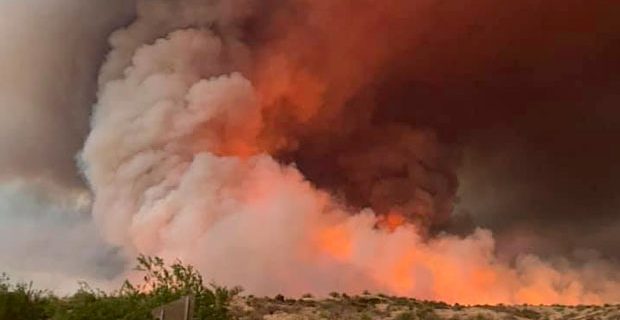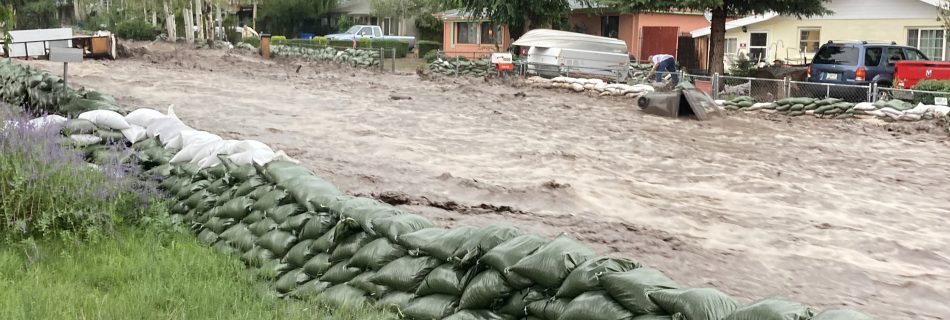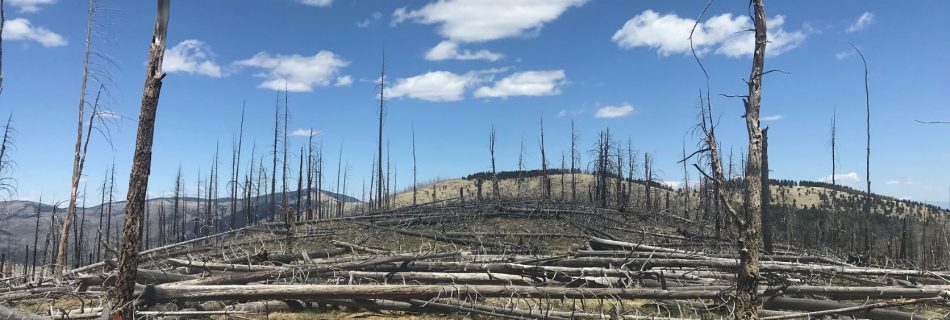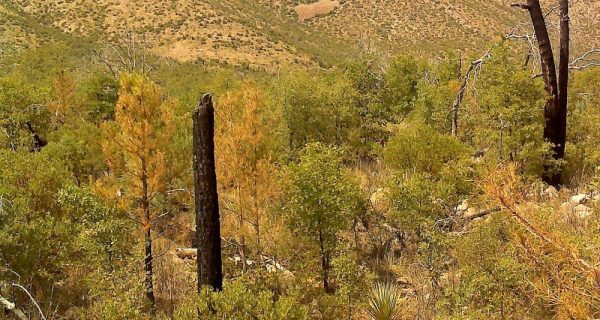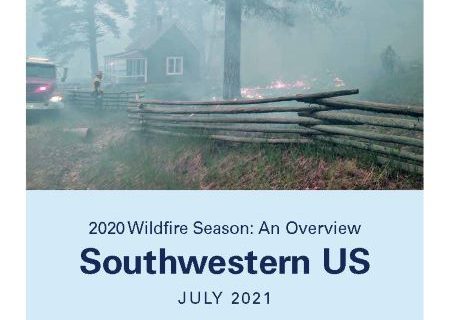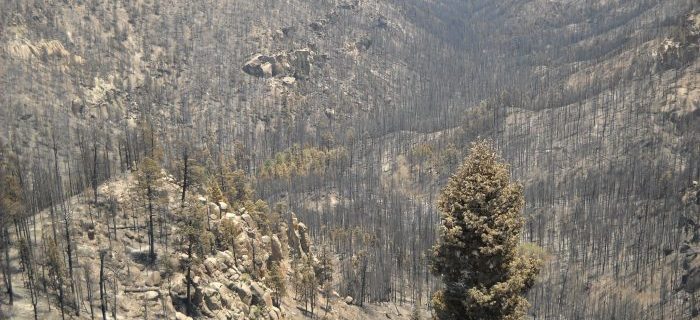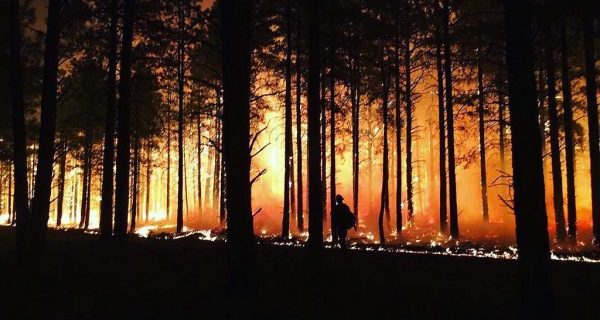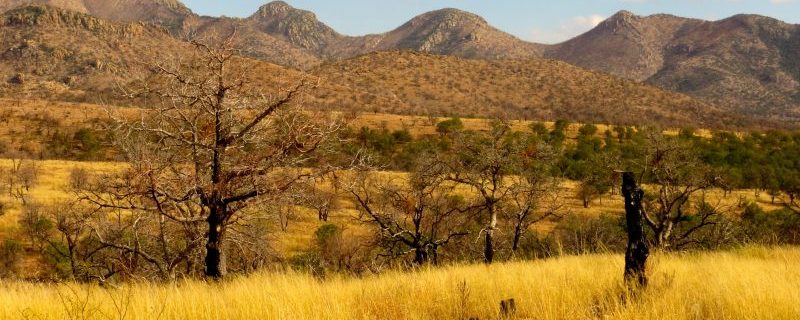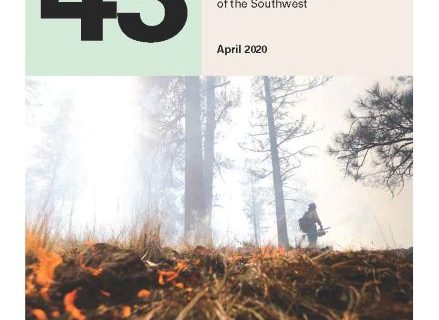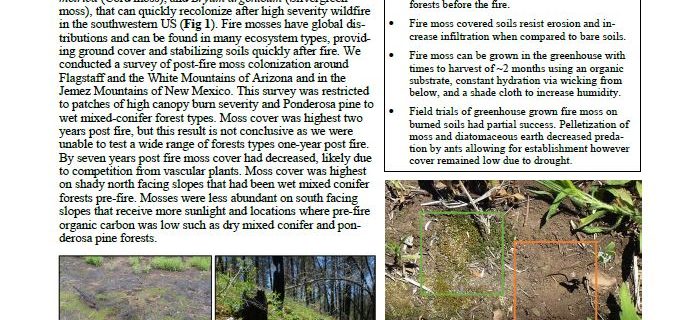Telegraph Fire-10 months Post-Fire
We hosted a single day field trip that made four stops within the 2021 Telegraph Fire perimeter. The Telegraph Fire, human caused and still under investigation, started 1.5 miles southeast of Superior, Arizona on June 4, 2021 and burned 180,757 acres before being fully contained approximately one month later. The fire was primarily carried by …

